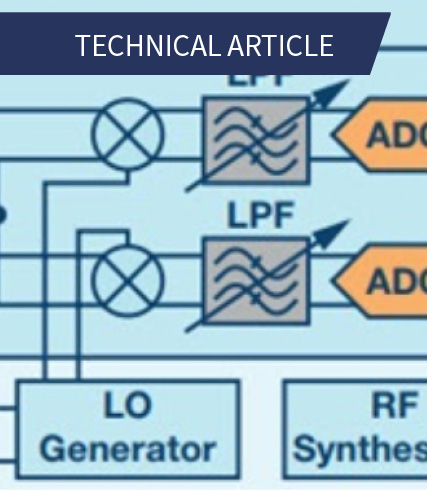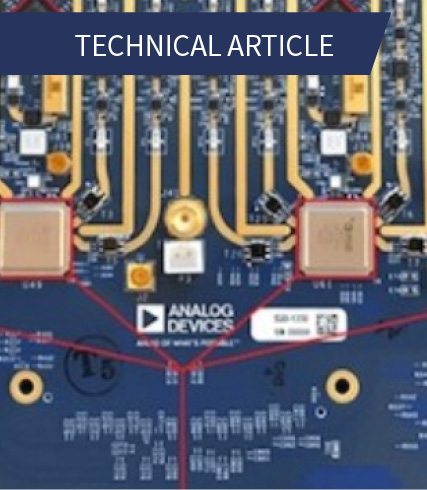The heterodyne receiver has been the standard receiver option of choice for decades. In recent years, the rapid advance of analog-to-digital converter (ADC) sampling rates, the inclusion of embedded digital processing, and the integration of matched channels now offers options for the receiver architect that were not practical only a few years ago.
This article compares the benefits and challenges of three common receiver architectures: a heterodyne receiver, a direct sampling receiver, and a direct-conversion receiver. Additional consideration on spurious system noise and dynamic range is also discussed. The intention is not to promote one option over others—but rather describe the pros and cons of the options, and encourage the designer to select, through engineering discipline, the architecture most appropriate for the application.


Related Content

RadioThorium in TDD and FDD Configurations
This use case outlines the procedure and profile setting of the RadioThorium module for baseband TDD and IF-mode FDD configurations.

Next-Generation Military Communications Challenges
The next generation of MILCOM platforms will need to leverage more modern communication technologies that have been developed to enable commercial platforms such as cell phones and Wi-Fi.

Combining the Best of Both Worlds: True Time Delays and Phase Shifters
This article reviews the strengths and weaknesses of two electronic beamforming techniques: phase shifters (PSs) and true time delays (TTDs).